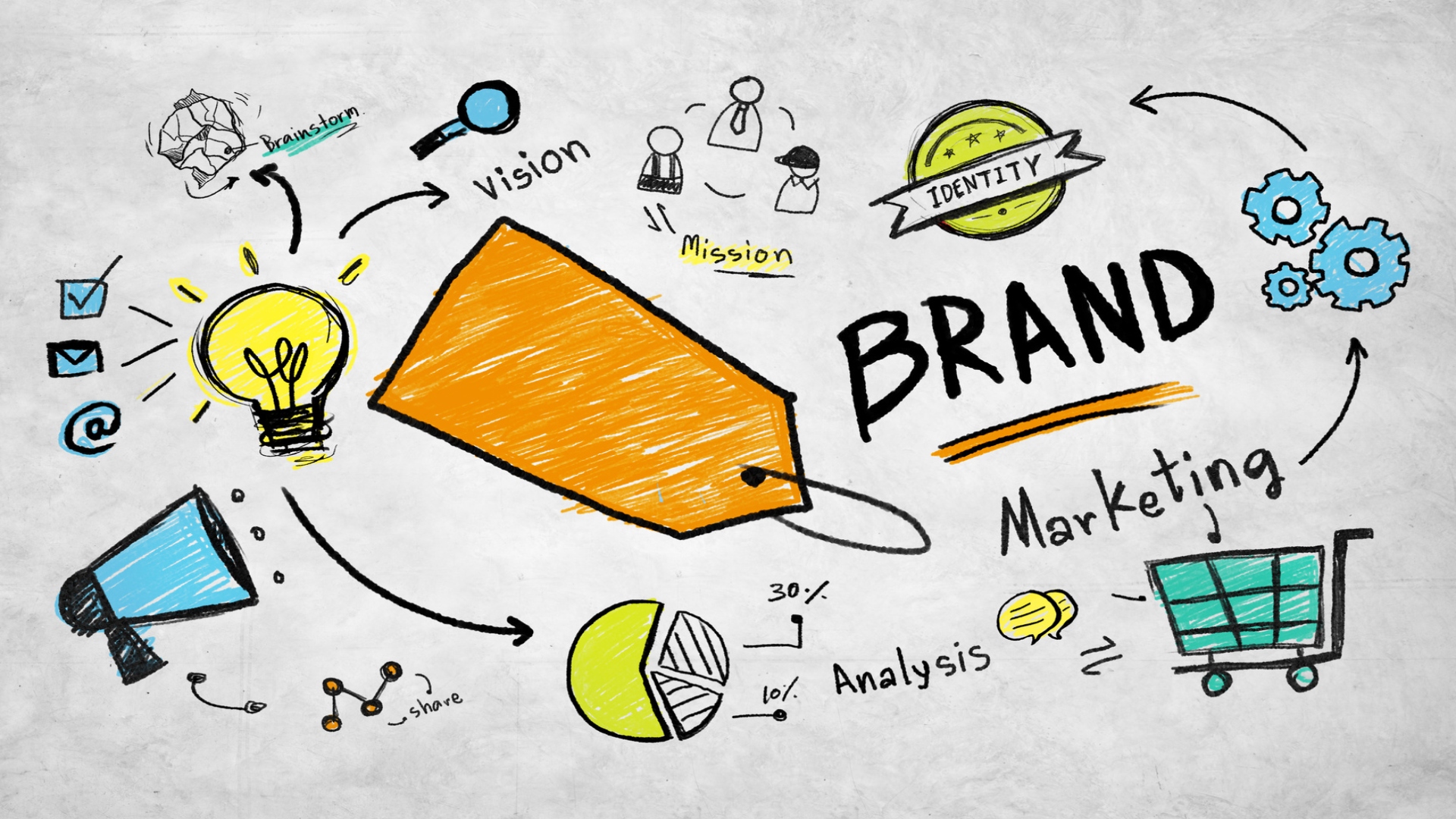As a driven professional, you understand the importance of effective communication at work. It’s the foundation of collaboration, productivity, and job satisfaction. However, communication challenges are common in the workplace. In this blog, we’ll explore how to streamline work communication for a more productive and efficient workflow.
Part 1: Tools for Streamlining Work Communication
Email Management
Email is a primary mode of communication in most workplaces, making it essential to manage your inbox effectively. Consider the following email management techniques:
- Organizing and filtering emails: Use folders, labels, and filters to categorize your emails. You can also prioritize emails using flags or stars.
- Using email templates: Save time by creating templates for frequently sent emails. Modify them as needed for each recipient.
- Scheduling and automating emails: Schedule emails to send at specific times or automate responses using tools like Boomerang or Gmelius.
Instant Messaging
Instant messaging platforms can streamline communication and enable real-time collaboration. Consider the following best practices:
- Choosing the right platform: Select a platform that meets your organization’s needs and integrates with other tools you use. Popular options include Slack, Microsoft Teams, and Google Chat.
- Setting up channels and groups: Organize conversations by creating channels for specific projects, teams, or topics. Invite relevant team members to join.
- Best practices for messaging at work: Keep messages concise, professional, and on-topic. Use emojis and reactions sparingly, and respect colleagues’ status indicators (e.g., “busy” or “away”).
Project Management Tools
Project management tools can help teams stay organized and communicate more efficiently. Consider the following features:
- Tracking tasks and progress: Assign tasks, set deadlines, and monitor progress using tools like Trello, Asana, or Basecamp.
- Collaborating with team members: Use project management tools to share documents, discuss tasks, and provide updates.
- Integrating communication and project management: Many project management tools integrate with messaging platforms, making it easy to keep conversations and tasks in one place.
Part 2: Building a Communication Strategy
A well-defined communication strategy can ensure that everyone is on the same page and working towards common goals. Consider these steps:
- Identifying communication objectives: Determine what you want to achieve through communication, such as improved collaboration, increased transparency, or faster decision-making.
- Assigning clear roles and responsibilities: Ensure that each team member knows their role in the communication process and who they should report to or consult with.
- Establishing communication channels and protocols: Define which channels should be used for different types of communication (e.g., email for formal announcements, instant messaging for quick questions). Establish protocols for response times, message formatting, and escalation procedures.
- Setting communication expectations and boundaries: Encourage colleagues to communicate openly but also respect each other’s time and work-life balance. Establish “office hours” or other boundaries to manage availability.
Part 3: Improving Communication Skills
Effective communication skills are crucial for streamlining work communication. Consider these strategies:
- Active listening and empathetic communication: Practice active listening by giving your full attention to the speaker, asking clarifying questions, and summarizing what you’ve heard. Show empathy by acknowledging others’ feelings and perspectives.
- Clear and concise messaging: Be direct and clear in your messages, avoiding jargon and unnecessary details. Use bullet points, headings, and concise language to make your message easy to understand.
- Giving and receiving feedback effectively: Provide constructive feedback by focusing on specific behaviors and suggesting improvements. When receiving feedback, listen without interrupting, ask questions for clarification, and express gratitude for the input.
- Adapting communication styles to different audiences and situations: Consider the needs of your audience and adjust your communication style accordingly. For example, use more formal language when communicating with senior executives or clients and a more casual tone with colleagues.
Part 4: Encouraging a Culture of Open Communication
Creating an environment where open communication is encouraged can lead to increased trust, collaboration, and innovation. Consider these ideas:
- Promoting transparency and trust: Share information openly and honestly, admitting when you don’t know something or have made a mistake. Encourage others to do the same.
- Fostering a safe environment for sharing ideas and feedback: Create opportunities for team members to share their thoughts, ideas, and concerns without fear of retaliation or judgment.
- Recognizing good communication practices: Praise individuals who demonstrate effective communication skills and share their strategies with the team.
- Addressing communication challenges and conflicts: Address issues as they arise, using conflict resolution strategies such as active listening, empathetic communication, and finding common ground.
Streamlining work communication can have a significant positive impact on productivity, collaboration, and job satisfaction. By implementing the tools, strategies, and skills discussed in this blog, you can create a more efficient work environment where open and effective communication is the norm. Remember that continuous improvement is essential; regularly evaluate your communication processes and adapt them as needed to ensure ongoing success.









